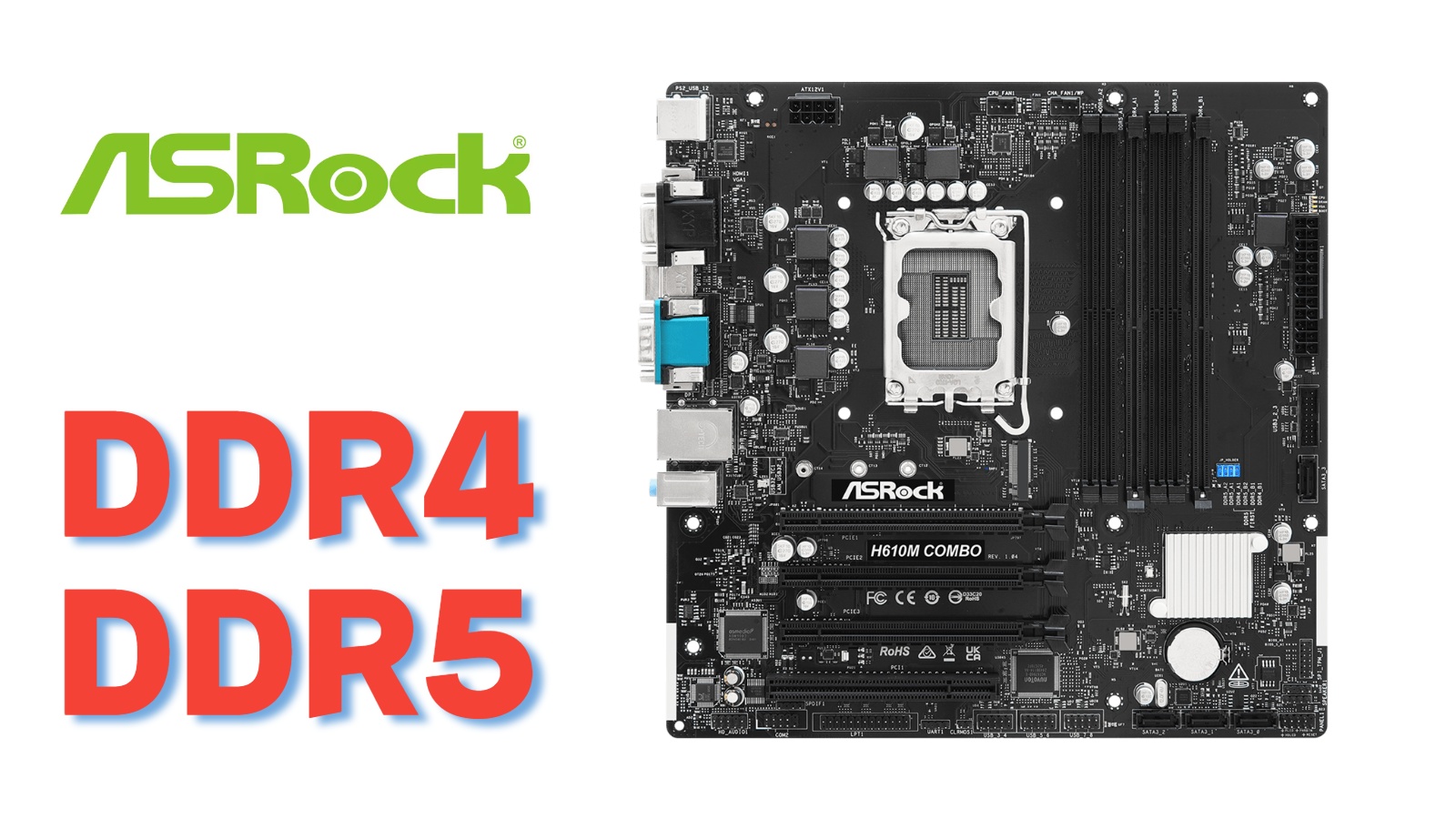- The upcoming GeForce RTX 50 lineup will include GPUs such as GB202, GB203, GB205, and more.
- These GPUs will be structured in a hierarchy, with GB202 being the largest and the rest following suit.
- Expected enhancements include improvements in AI acceleration and better ray tracing performance.
The GB202, GB203, GB205, GB206, and GB207 are among the GPU combinations available in Nvidia’s future GeForce RTX 50 “Blackwell” portfolio. Overall, the upcoming Nvidia GeForce RTX 50 lineup consists of five chips.
The company is gradually developing its next-generation GeForce RTX 50 lineup for gamers, and the most recent leak from Kopite7kimi appears to have given us a decent sense of what the lineup would include.
Why it matters: As listed above, GB202 is the largest, followed by the rest. Because Nvidia is using a somewhat different strategy to tackle the performance market, there is a noticeable lack of a replacement for the AD104, GA104, and TU104.

The main chip that powers the potential RTX 5090 is called the GB202.
The GB202 will feature 192 streaming multiprocessors (SM) or 96 texture processing clusters (TPC). The 96 texture processing clusters are then divided among 12 graphics processing clusters of 8 TPCs a piece.
This would give us a theoretical CUDA core count of 24,576, assuming that the Blackwell architecture has the same 256 CUDA cores per TPC as the last several generations of GPUs. Memory is perhaps another interesting feature of this GB202.
The GB202 features a massive 512-bit memory bus and comes with the new GDDR7 memory standard. This chip has 1,792 GB/s of memory bandwidth going by the 28 Gbps memory speed rumored for the Blackwell GeForce RTX 5090.
On the other hand, the GB203 GPU is the next in line and will be a high-end SKU in the Blackwell family. This chip will feature 7 GPCs with 6 TPCs each, making for a total of 42 TPCs or 84 SM. The GeForce RTX 5080 graphics card will utilize this GPU and will have a 256-bit bus interface.
The Nvidia Blackwell bottom half of the performance sector will be powered by the GB205 (RTX 5070). This chip features a very low 6,400 CUDA core count distributed over 50 SMs.
The 50 SMs are then divided into 5 GPCs of 5 TPCs. The GB205 also comes with a 192-bit memory bus width, which would translate to 672 GB/s of memory bandwidth at 28 Gbps.

Blackwell’s mid-range series is powered by the GB206 (RTX 5060 Ti). This chip has 6,144 CUDA cores, which is extremely close to that of GB205 GPU.
Memory bus width is the primary distinction between the GB206 and GB205. The GB206 has a 128-bit memory bus with 448 GB/s of memory bandwidth if a memory speed of 28 Gbps is applied here.
Finally, the GB207 GPU powers the entry-level model and is probably meant to be used for the GeForce RTX 5050 or 5060. There are 2 GPCs on the chip, each containing 5 TPCs, with 10 TPCs and 20 SMs.
While the remainder of the lineup uses the more recent GDDR7 memory standard, the GB207, in particular, will have the same 128-bit memory interface and will probably offer both GDDR6 and GDDR7 options.
Thank you! Please share your positive feedback. 🔋
How could we improve this post? Please Help us. 😔
[News Reporter]
Malik Usman is student of Computer Science focused on using his knowledge to produce detailed and informative articles covering the latest findings from the tech industry. His expertise allows him to cover subjects like processors, graphics cards, and more. In addition to the latest hardware, Malik can be found writing about the gaming industry from time to time. He is fond of games like God of War, and his work has been mentioned on websites like Whatculture, VG247, IGN, and Eurogamer.




